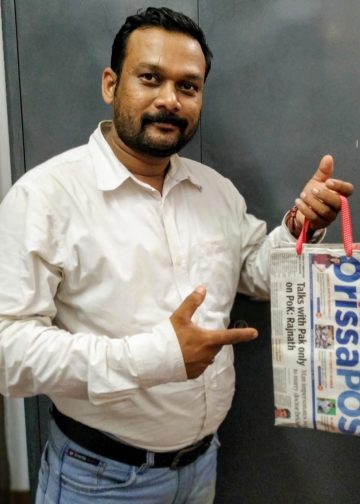Delhi has earned the dubious distinction of being the national capital for many reasons other than the country’s power centre. For example, crimes against women, racial attacks and high pollution levels, to name a few. While the authorities continue to grapple with these problems, the worsening air quality in the city has alarmed the World Health Organisation (WHO), which has issued warnings to both the Delhi government and its citizens. Now, the National Green Tribunal has ordered the Delhi Government to restrain over 29lakh vehicles that are older than 15 years from plying on the capital’s roads. The vehicles include two, three and four wheelers as well as heavy transport and passenger vehicles. If we add lakhs of other vehicles from neighbouring states entering the metropolis, adding to the existing Delhi-registered wheeler population, the numbers will be staggeringly high.
There is no check on older vehicles entering the national capital region. Their roadworthiness and the quantity of toxic gases they are adding to the already polluted air needs to be reviewed. Under present circumstances, vehicle drivers are asked to produce ‘pollution under control’ certificates issued by the regional transport authority. It is no secret that these documents can be ‘arranged’ for quite easily. Therefore, a pollution-free certificate is no proof that the vehicle is meeting green standards. Delhi is not alone in registering high levels of pollution. Every other state capital and industrial hub in the country vies with the other to beat the record. A case in point is the mining and industrial areas of Orissa.
Unbridled and unplanned growth, boom in human and vehicle numbers, non-enforcement of even minimum pollution-control programmes, people’s apathy and destruction of green cover for industrial and real estate development have contributed to the pollution problem. In many cities, land, water and air pollution is so heavy that they won’t qualify for healthy living. And, little is being done to improve the environment in general and air quality in particular. According to a WHO study, 13 of the 20 dirtiest cities in the world are in this country, which means urban India is increasingly becoming non-livable and its residents are exposed to health risks of all sorts. The need to arrest deterioration in urban air quality should not be lost in our quest for growth and development. After all, air is the life force and if it continues to get contaminated at this pace, every living creature’s survival will be at stake. With India fast becoming urbanized, the primary responsibility of ensuring clean air rests with its citizens, civic authorities and state governments.
Phasing out old vehicles will help improve air quality, whether in Delhi or any other city. But ensuring strict implementation of this order is the key. Newer greener vehicles with better technology would help in the matter of air pollution. But, apart from vehicles, pollution of every other kind, like industrial emissions, has to be checked. Other measures like stricter vigil on fuel adulteration, steep penalties on violators of pollution norms and punishment for corrupt traffic police should be put in place. If the campaign doesn’t move on these lines, it will prove useless like many other anti-pollution laws. They remain on paper without any tangible ground effect. All states have rules regarding pollution control but they are observed more in breach than in implementation. In the case of old vehicles, change of hands of a few hundred rupees may see them back on the road with a clean bill of health.
Neither state governments nor the Centre have been able to implement existing green laws properly, let alone new ones. While some countries have adopted innovative measures like car pools, curtailing number of vehicles on some days and during fixed hours to reduce urban air pollution, India is yet to come up with such solutions on a large scale. Efficient mass public transport systems are a great alternative to reducing private vehicles’ use. Good public transport systems need to be put in place, as long-term plans. In their absence, except in metros, the least the authorities could do is to introduce frequent vehicle pollution checks and issue green stickers. Also, people’s involvement in this kind of a move is absolutely essential. If people do not change, there isn’t much any government can do because no matter how many laws are formulated, people will always know how to bend the rules. Whether the NDA government is ready to board the green bus in earnest is the question.





































